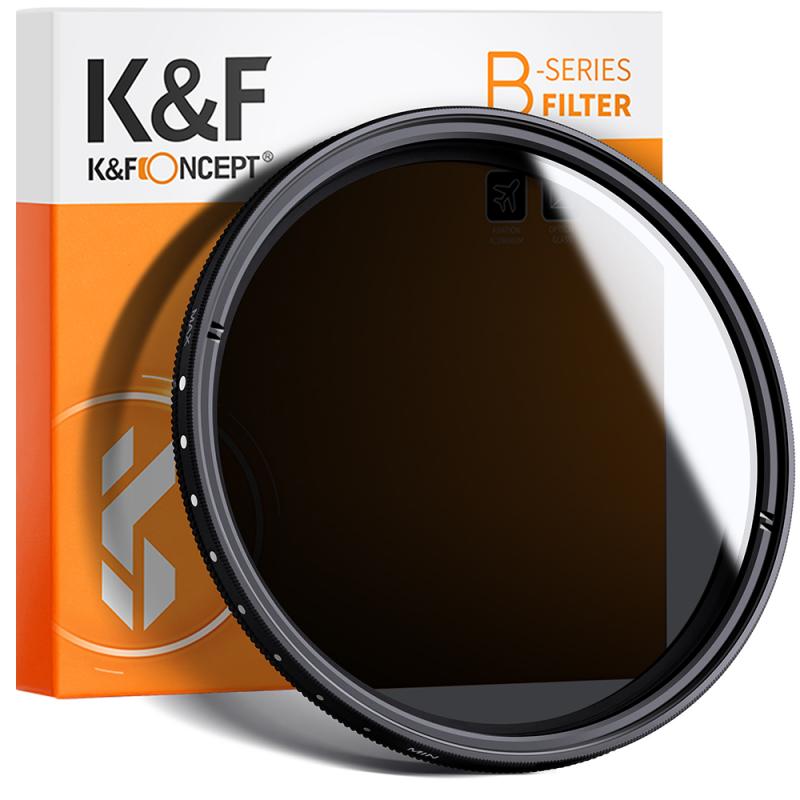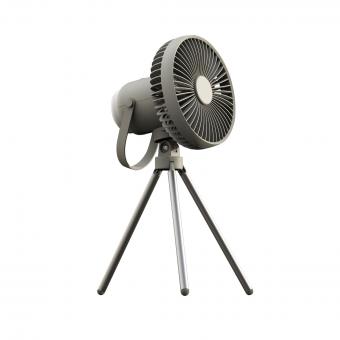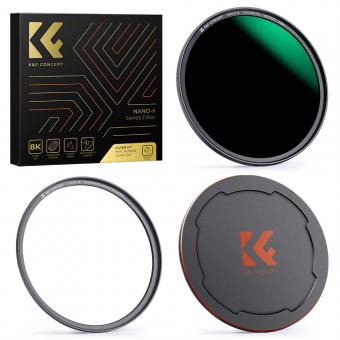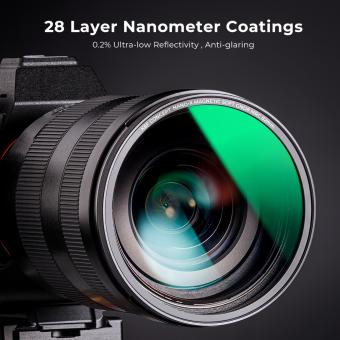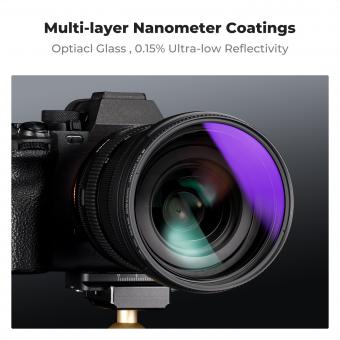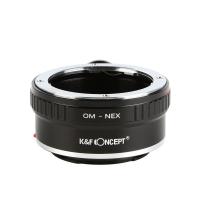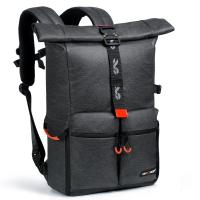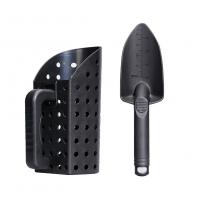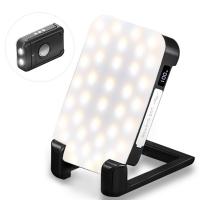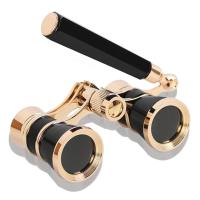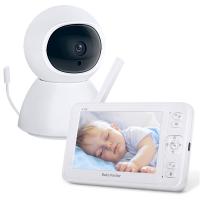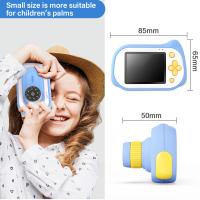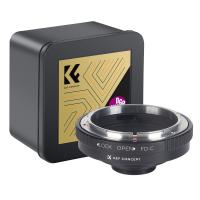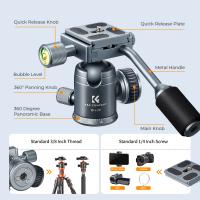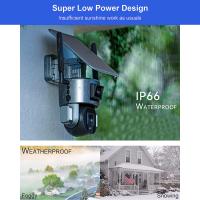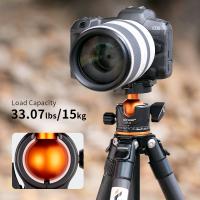What Is A Wind Filter On A Camera ?
A wind filter on a camera is a device or accessory that helps reduce or eliminate the noise caused by wind when recording audio. It is typically a foam or fabric cover that is placed over the microphone of the camera to block or diffuse the wind from directly hitting the microphone. The wind filter helps to minimize the unwanted sound of wind blowing across the microphone, resulting in clearer and more intelligible audio recordings. It is commonly used in outdoor filming or recording situations where wind noise can be a significant issue.
1、 Definition and Purpose of a Wind Filter on a Camera
Definition and Purpose of a Wind Filter on a Camera
A wind filter, also known as a windscreen or wind muff, is a device or accessory that is used to reduce or eliminate wind noise when recording audio with a camera. It is typically made of a foam or furry material that is placed over the microphone of the camera to block the wind from directly hitting the microphone diaphragm.
The primary purpose of a wind filter is to improve the audio quality of recordings made in outdoor or windy environments. Wind noise can be a significant problem when recording audio, as it can overpower the desired sound and make the recording difficult to understand or unusable. The wind filter acts as a barrier, reducing the impact of wind on the microphone and allowing for clearer audio capture.
In addition to reducing wind noise, a wind filter can also help to minimize other unwanted sounds, such as handling noise or plosive sounds (such as "p" or "b" sounds) that can be exaggerated by wind. It can also provide some protection for the microphone from dust, moisture, and other environmental factors.
With the increasing popularity of vlogging, outdoor filming, and live streaming, the demand for wind filters has grown. Many camera manufacturers now offer built-in wind filters or provide compatible wind filters as optional accessories for their cameras. Additionally, there are third-party wind filters available that can be attached to various camera models.
It is important to note that while wind filters can significantly improve audio quality in windy conditions, they may not completely eliminate all wind noise. Strong gusts of wind or extreme weather conditions can still pose challenges. Therefore, it is advisable to use additional audio recording techniques, such as using a directional microphone or positioning the camera in a way that minimizes wind exposure, to further enhance audio quality in such situations.
In conclusion, a wind filter on a camera is a device or accessory that is used to reduce wind noise when recording audio. Its purpose is to improve the audio quality of recordings made in outdoor or windy environments by acting as a barrier between the wind and the microphone.
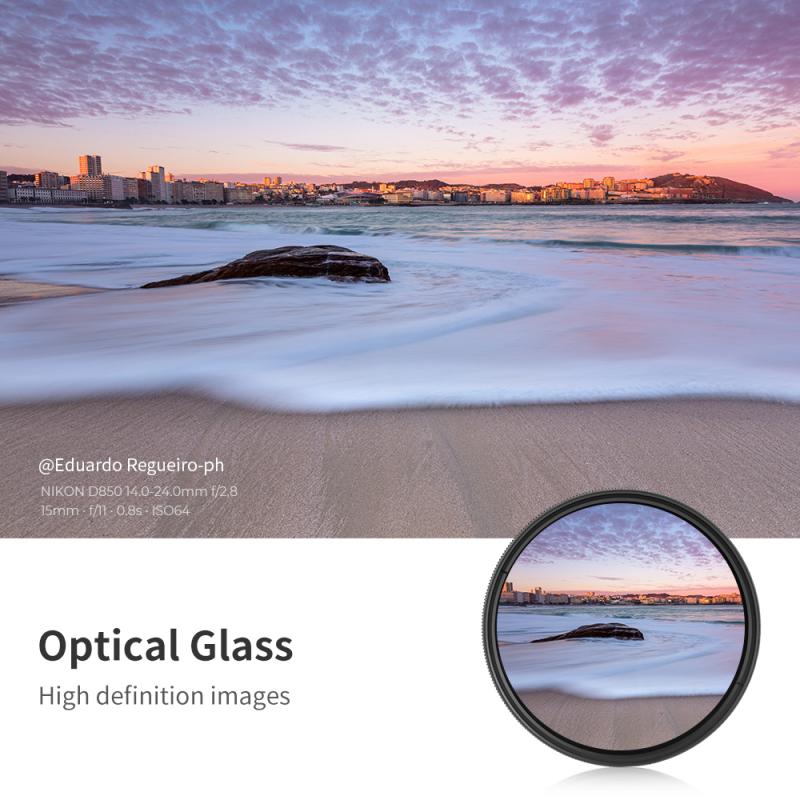
2、 Types of Wind Filters for Cameras
A wind filter on a camera is a device or accessory that is used to reduce or eliminate wind noise when recording audio during video shoots. When filming outdoors, especially in windy conditions, the wind can create unwanted noise that can ruin the audio quality of the video. A wind filter helps to minimize this noise by blocking or reducing the impact of wind on the microphone.
There are different types of wind filters available for cameras, each with its own unique features and benefits. One common type is the foam windscreen, which is a simple foam cover that fits over the microphone. It acts as a barrier to the wind, reducing its impact on the microphone and preventing it from reaching the sensitive components that capture audio.
Another type is the furry windscreen, also known as a dead cat or windjammer. This type of wind filter consists of a layer of synthetic fur that is designed to disrupt the wind and prevent it from reaching the microphone. The fur helps to diffuse the wind and reduce its intensity, resulting in cleaner audio recordings.
In recent years, advancements in technology have led to the development of more sophisticated wind filters. Some cameras now come with built-in wind filters that use digital signal processing to actively cancel out wind noise. These filters analyze the audio input and apply algorithms to remove or reduce wind noise, resulting in clearer audio recordings.
Overall, wind filters are essential accessories for outdoor videography, as they help to improve the audio quality of videos by minimizing wind noise. Whether it's a simple foam windscreen or a more advanced digital wind filter, using these devices can greatly enhance the overall production value of videos recorded in windy conditions.
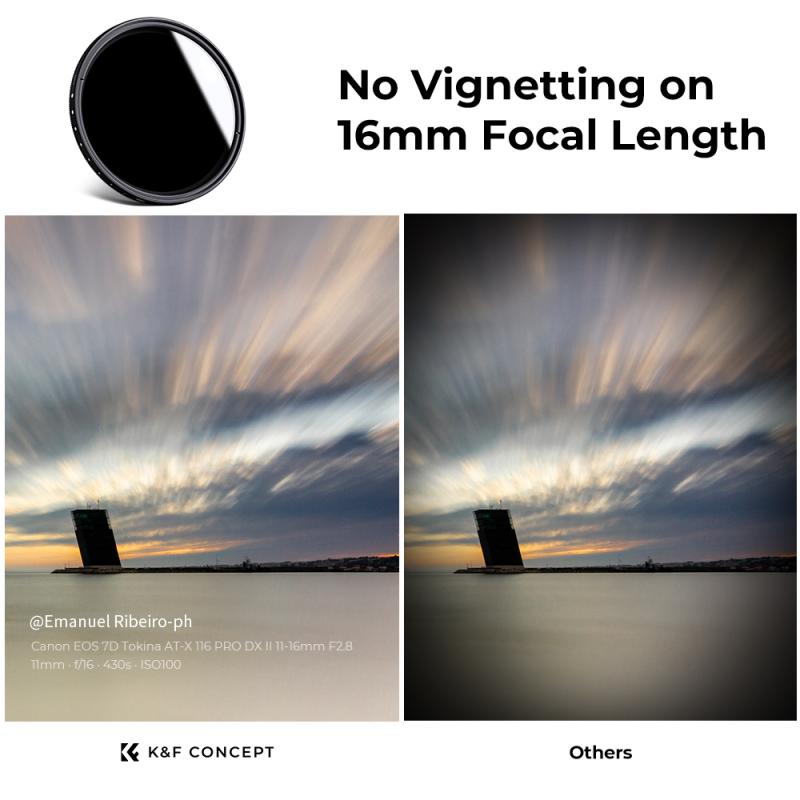
3、 Benefits of Using a Wind Filter on a Camera
Benefits of Using a Wind Filter on a Camera
A wind filter on a camera is a device that helps reduce or eliminate wind noise during video recording. It is designed to block out the sound of wind hitting the microphone, resulting in clearer audio quality. This accessory is particularly useful for outdoor videography, where wind noise can often be a significant issue.
One of the main benefits of using a wind filter is that it improves the overall audio quality of the recorded footage. Wind noise can be distracting and can sometimes overpower the desired audio, such as dialogue or ambient sounds. By using a wind filter, filmmakers and videographers can capture cleaner and more professional audio, enhancing the overall viewing experience.
Another advantage of using a wind filter is that it saves time and effort in post-production. Without a wind filter, filmmakers often have to spend a considerable amount of time editing and removing wind noise from their footage. This can be a tedious and time-consuming process. By using a wind filter during filming, the need for extensive audio editing is significantly reduced, allowing for a more streamlined post-production workflow.
Furthermore, using a wind filter can help preserve the authenticity of the recorded audio. When wind noise is present in a video, it can distort or mask the natural sounds of the environment. This can be particularly problematic when capturing important moments, such as interviews or outdoor events. By using a wind filter, filmmakers can ensure that the audio accurately represents the original soundscape, providing a more immersive and realistic viewing experience.
In recent years, advancements in wind filter technology have led to the development of more efficient and effective filters. Some filters are specifically designed to reduce wind noise while maintaining the clarity of other sounds. These filters often utilize advanced materials and designs to achieve optimal results. Additionally, some cameras now come with built-in wind filters or have the option to attach external wind filters directly to the microphone.
In conclusion, using a wind filter on a camera offers several benefits for filmmakers and videographers. It improves audio quality, saves time in post-production, and preserves the authenticity of the recorded audio. With the advancements in wind filter technology, capturing high-quality audio in outdoor settings has become more accessible and convenient.
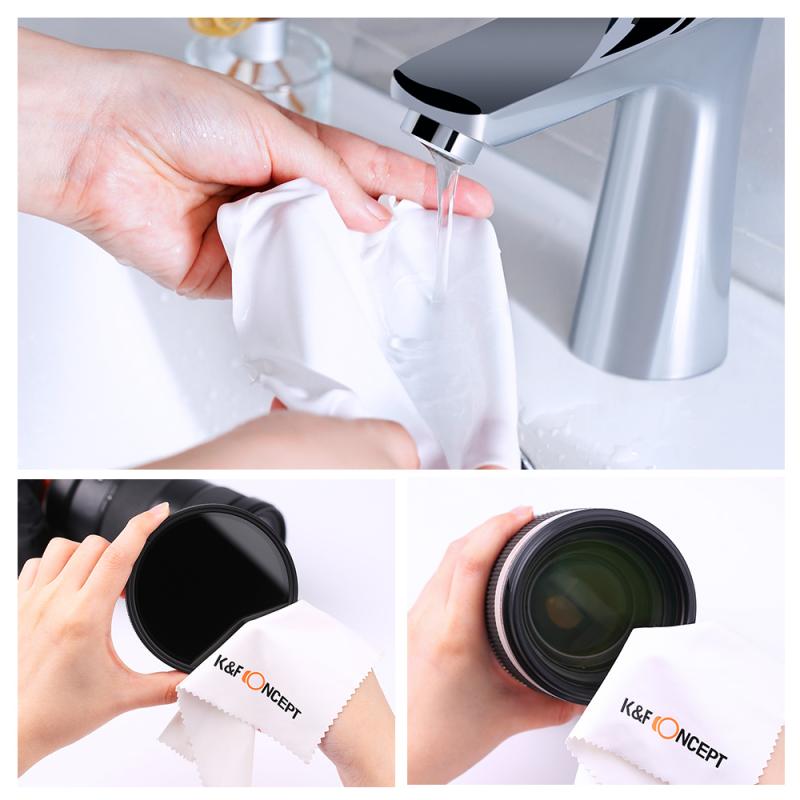
4、 How to Properly Attach and Use a Wind Filter
A wind filter on a camera is a device that helps reduce or eliminate unwanted wind noise when recording audio. It is typically a foam or furry cover that is placed over the microphone on the camera to block the wind from directly hitting the microphone diaphragm. This helps to capture cleaner and clearer audio by minimizing the distortion caused by wind interference.
When attaching a wind filter, it is important to ensure that it fits securely over the microphone. The filter should cover the entire microphone area, leaving no gaps for wind to enter. It is also crucial to position the filter in a way that does not obstruct the camera lens or any other important components.
To properly use a wind filter, it is recommended to test it in different wind conditions before recording important audio. This will help determine the effectiveness of the filter and whether any adjustments need to be made. Additionally, it is important to be aware of the direction of the wind and position the camera and microphone accordingly to minimize wind exposure.
In recent years, advancements in wind filter technology have been made to improve their effectiveness. Some filters now feature multiple layers of foam or fur, which provide better wind protection while still allowing for clear audio capture. Additionally, some cameras now have built-in wind filters or wind reduction settings that can be adjusted to further enhance audio quality.
Overall, using a wind filter on a camera is essential for capturing high-quality audio in outdoor or windy environments. It helps to reduce wind noise and ensures that the recorded audio is clear and free from unwanted distortion.
